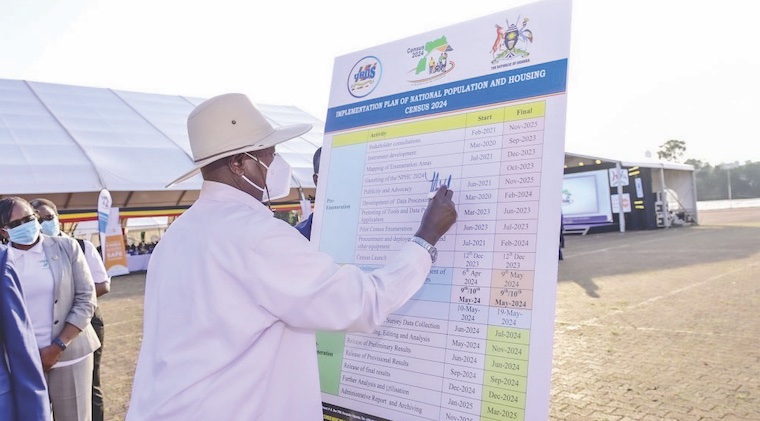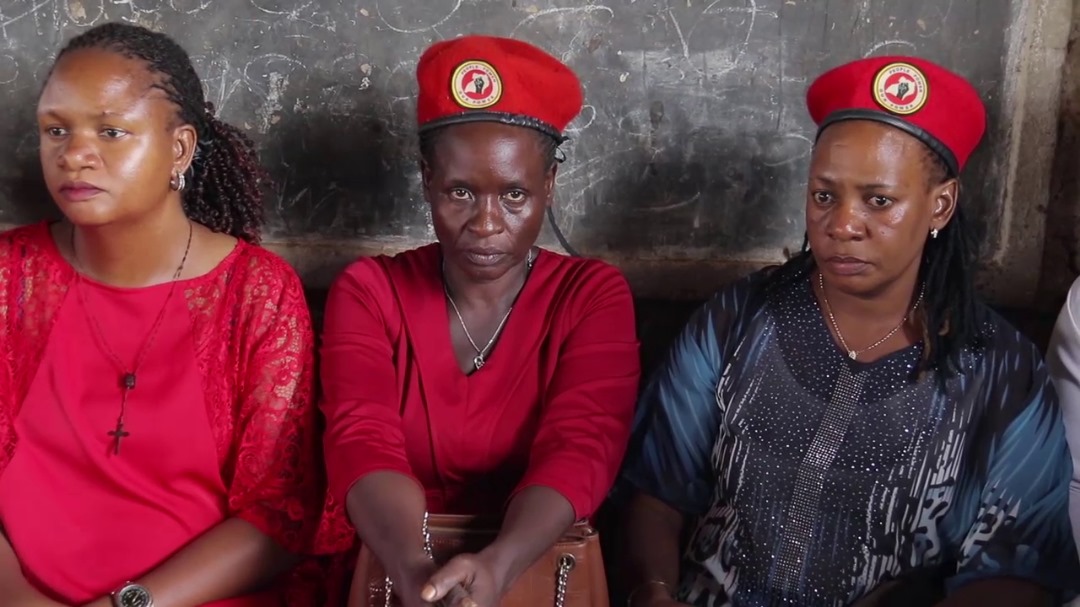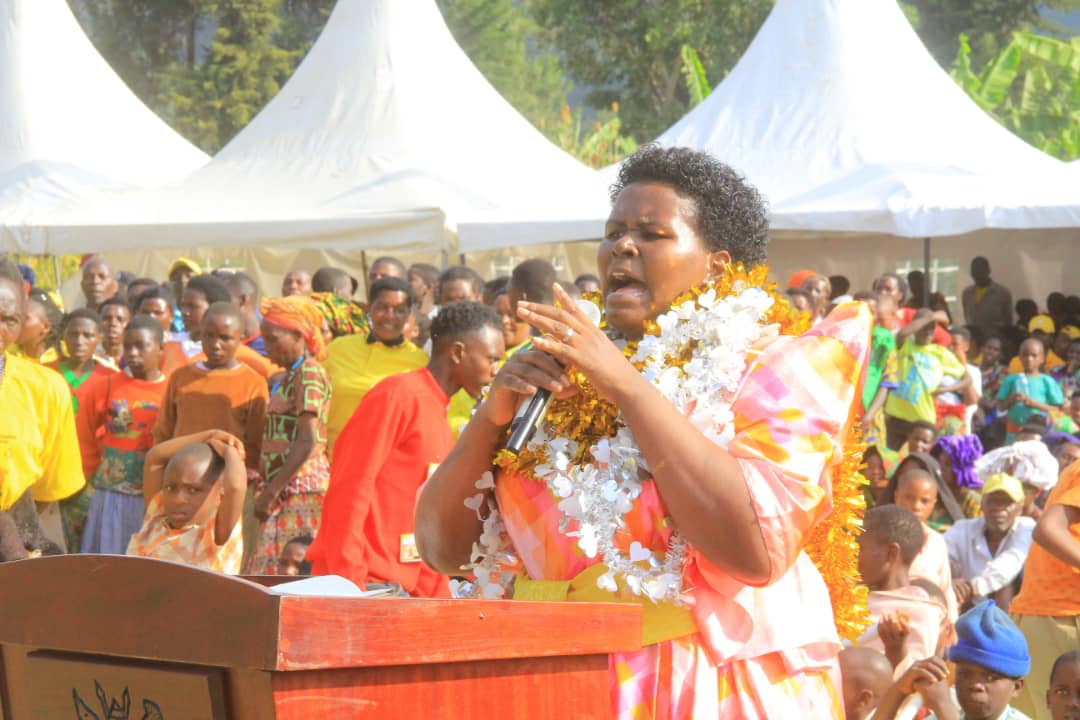Here's why Museveni cannot claim controlled population growth

Mr Museveni claims credit for reduced population growth but the reality suggests that the economy is tougher for many to sustain large families
Uganda's population growth declined by 0.1 percent period by period from the 3 percent recorded in the 2014 Population and Housing Census figures despite an increase in households.
Between 1991 and 2002, population increased by 3.2 percent, the highest such increment since the NRM came to power and the second highest since the record 3.9 percent growth recorded in the 1969 survey that covered the period from 1959.
Uganda has conducted 11 census surveys, with first one in 1911. the 2024 survey was the sixth post-independence and had five sets of questionnaires for households, institutions, accommodation facilities like hotels, floating population and community - all done digitally.
The 3.2 percent growth in 2002 had left the West and development partners with concerns about Uganda's ballooning population, with President Museveni revealing at the release of the 2024 census preliminary results that he had been asked by the West to make deliberate efforts to check the growth.
“We had problems with some groups which wanted to castrate people that they are containing population. We told them, the problem was medical and socio-economic,” Mr Museveni said.
While the President cooked and wolfed down credit for his government's apparent control of the population growth, he also cited a phenomenon that attests to the laws of nature.
He said Ugandans no longer want to give birth to many children since this means they will have to dip into their pockets to feed them.
But he claimed that this is because the standard of living has improved over the years, thanks to his government.
The reality, however, is that the standard of living has little or no impact whatsoever on the decision a couple in Idudi will make to have one or 10 children today. The cost of living is higher, and land space is no more.
Yet Mr Museveni's self-adulation hit at least a few bull's eyes.
“When the eating was rural, it depended on more hands (children) to grow the food," he said.
With few farms and a free market economy that has allowed private schools to charge the rate of a kidney per child in tuition fees, the growth in the number of households was not going to correspond with the population growth.
Dr Chris Mukiza, the census commissioner and Ubos chief executive, said the average household size now stands at 4.4 (people per family), down from the 4.7 registered in 2014.
"It meant the more children one had, the more food they grew. This has changed. Now the food you eat you don’t grow but need money to buy it. Now the idea of too many mouths to feed is no longer attractive," Mr Museveni said.
Where between 1959 and 1969 Okello in Gulu or Muhindo in Kasese needed more farmhands to boost sustenance thus having more wives and more children, today, the economy today is hugely driven by jobs.
And while the Uganda National Bureau of Standards (Ubos) that carried out the survey says the working age (14 to 64 years) constitutes 55.6 percent of the population, unemployment rate leaves the figures on a pale wall.
President Museveni also spoke of how "we introduced universal immunization so that children don’t die, maternal mortality has come down, life expectancy has gone up".
But Mukiza has his crew Uganda is a young country more than half of whose population (50.5 percent) is children aged 17 and under, with youth (18 - 30 years) constituting 22.7 percent of the population.
It is understandable why Mr Museveni, 78, has taken to addressing most of his letters to the Bazukulu now as there are only 5 percent (2,295,000) of the 45.9 million Ugandans aged 60 and older.
To suggest that life expectancy has increased when the percentage of grandparents is so low would be a stretch for many to accept.
Meanwhile, geographically, the demography shows that of the 13 sub-regions, Buganda holds 11.1 million of the population with the nearest - Busoga - a distant 4.4 million.
Buganda is the seat of Kampala but Ubos somehow chose to keep the capital independent with its 1.9 million dwellers being the third lowest per sub-region after Karamoja (1.5 million) and Kigezi (1.8 million).
However, of the 13 cities in the country, it is Arua with the second highest population of 380,824 residents, confirming its status as one of the fastest growing cities and business centres.
Arua City serves much of the trade between Uganda and neighbours South Sudan and eastern DR Congo.














